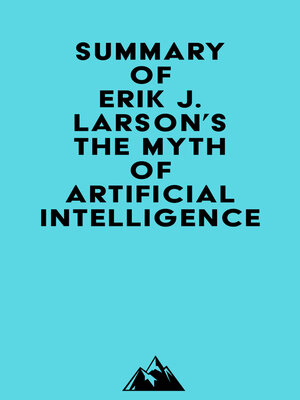
Sign up to save your library
With an OverDrive account, you can save your favorite libraries for at-a-glance information about availability. Find out more about OverDrive accounts.
Find this title in Libby, the library reading app by OverDrive.



Search for a digital library with this title
Title found at these libraries:
| Loading... |
Please note: This is a companion version & not the original book. Sample Book Insights: #1 The story of artificial intelligence begins with the ideas of computer pioneer Alan Turing. In 1950, he published a paper titled Computing Machinery and Intelligence, which argued that any computer that could hold a conversation with a human would be doing something that requires thinking. #2 Turing had made his reputation as a mathematician long before he began writing about artificial intelligence. In 1936, he published a paper on the precise meaning of computer, which at the time referred to a person working through a sequence of steps to get a definite result. #3 The idea that the mind's intuition, its ability to grasp truth and meaning, is reducible to a machine was raised by Gödel in 1931. He proved that there must exist some statements in any formal system that are True, with capital-T standing, yet not provable in the system itself using any of its rules. #4 The formalist movement in mathematics was a sign of a broader turn by intellectuals toward scientific materialism. They believed that all of mathematics could be converted into rule-based operations, and that the world was turning to the idea of precision machines.






